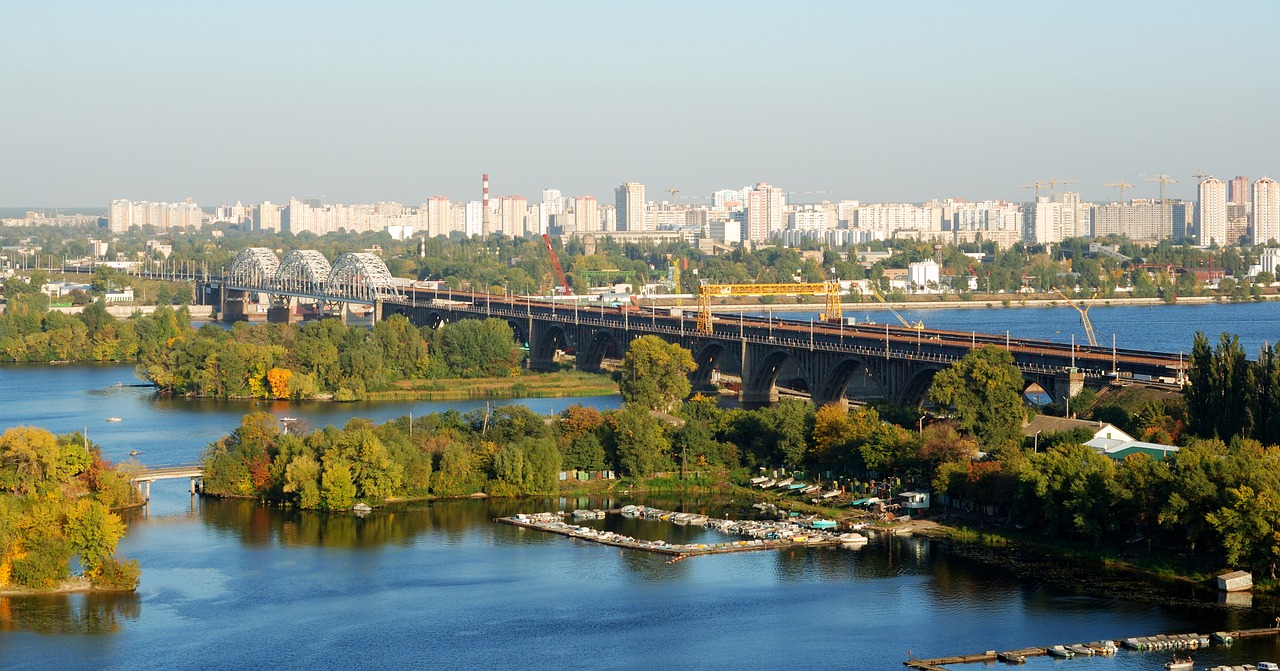Law students in Ukraine are reporting on the latest developments in that country as it faces a series of internal and external challenges. Here Tanya Levchinskaya, a law student at V.N. Karazin Kharkiv National University, offers her perspective from the northeastern city of Kharkiv, introducing readers to her city as well as to her hometown of Dnipro.
Ukraine is one of the largest countries in Europe in terms of its area. In this regard, our country has about 460 cities, each of which has its own culture and history. This is often due to their regional location and type of activity. As an introduction, and to provide two instances, I propose in this dispatch to consider two large cities of the country – Dnipro and Kharkiv, together with the situation in them today.
I know about them firsthand because my hometown is Dnipro, and I recently moved to Kharkiv to get higher education. For me, the main difference between them is that Kharkiv is more of the cultural and scientific capital of Ukraine, even though the city is also one of the industrial centers of the country. The city has many green parks, alleys, squares, a large number of museums, various galleries and theaters. Kharkiv is also called the student capital of Ukraine. It was here that in 1805 the second Imperial University (now Kharkiv National University, named after V. N. Karazin) was opened on the present territory of Ukraine. Currently, 69 universities train specialists here, including 17 universities and 9 academies. Of all the cities of Ukraine, it is Kharkiv that ranks first in terms of the number of foreign students.
Returning to the difference between the Dnipro and Kharkiv, I can say that the Dnipro was one of the key centers of the defense and space industry. In the Soviet period, the Ministry of Ferrous Metallurgy of the Ukrainian SSR was located in the city. In Soviet times, the Yuzhmash factory produced the legendary ballistic missiles called “Satana”. One such missile is capable of carrying 16 virtually invulnerable warheads and hitting targets located 10,000 kilometers away, almost like from Kyiv to Los Angeles. In this regard, the city was closed to foreigners until the 90s. Perhaps that is why, as an echo of the past, Dnipro differs visually from Kharkiv. Comparing these two cities, we won’t see such a large number of well-groomed parks and squares or art galleries in Dnipro. Maybe because of its history, most of the museums in our city are technical, and not of cultural. At the present stage, ferrous metallurgy, metalworking, rocket science, mechanical engineering and other branches of heavy industry are specially developed in the city. But Dnipro never stops changing for the better. Today, the attention of the authorities is directed to the reconstruction of the city.
Returning to the question of what the situation is now in Kharkiv and Dnipro, we can say that the populations in neither city have much panic. Although the news reports that in the Kharkiv region the Security Service of Ukraine continues to record the maneuvers of Russian troops on the border with Ukraine and their active movement across the Belgorod region, there is no panic. The airport and railway stations are working as usual, and Kharkiv residents also calmly attend cultural events. Not all educational institutions in the city remain open, but in most instances that is because studies are online due to the spread of covid. In Dnipro, the situation is similar to Kharkiv – everyone lives a normal life, despite the fact that in the news now you can see a lot of provocative and panic-inducing articles. We can say that people have learned to think critically and not to believe everything that is broadcast to us in news reports.


